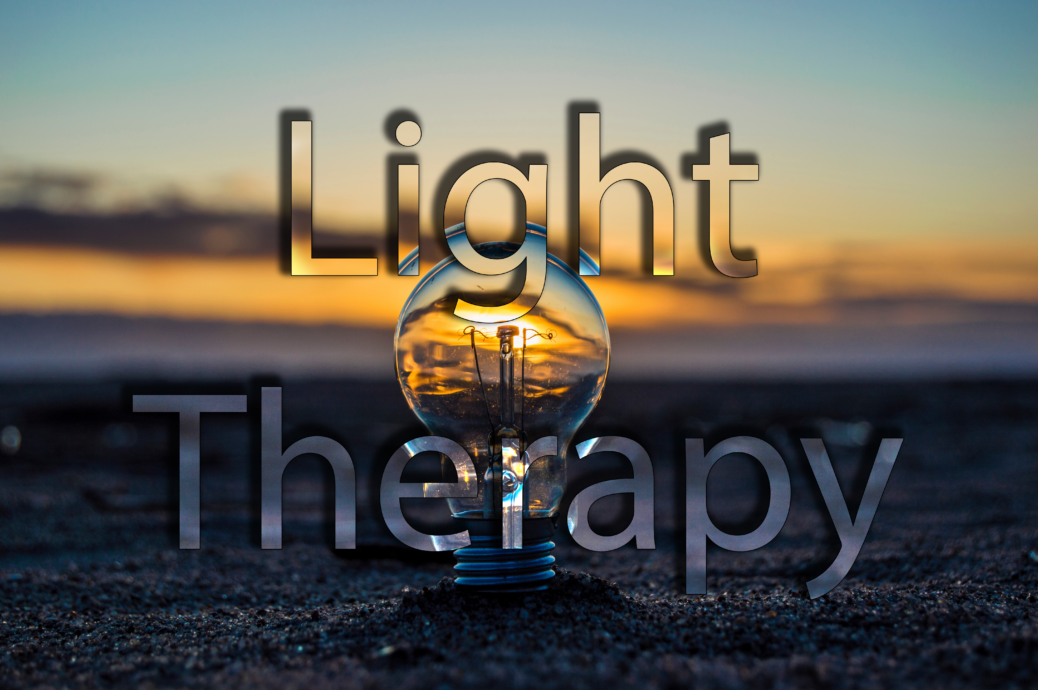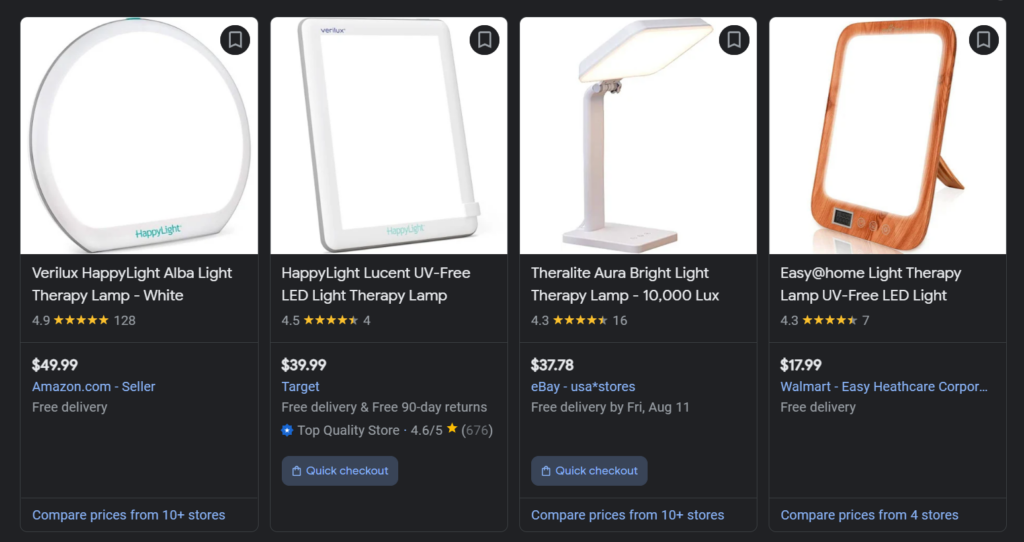A Glimmer of Hope: An In-Depth Look at Light Therapy
Introduction
While we’re still enjoying the warm summer weather, the upcoming cold winter months loom large for many people. That’s because depression can look different in each person.
Some people’s depression follows seasonal patterns (used to be called seasonal affective disorder or SAD). This means their depression only occurs during a certain time of year, usually in the wintertime when there isn’t as much daylight. And while there aren’t any Christmas songs playing just yet, those people are starting to dust off their lightboxes.
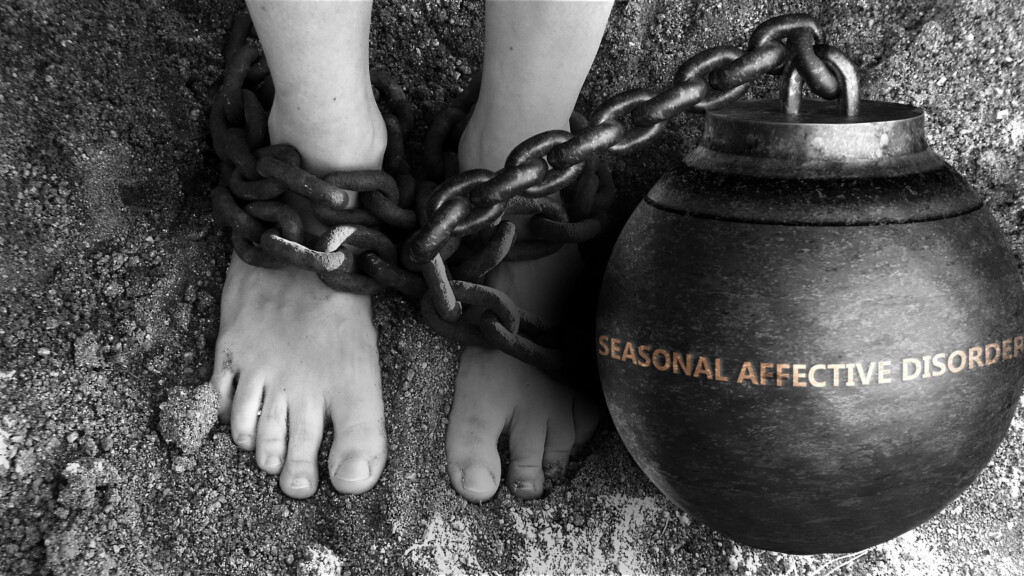
People with this and other kinds of depression find a lot of relief using light therapy or phototherapy. Light therapy is a treatment involving exposure to an artificial light source to alleviate depression symptoms. In this article, we’ll explore the concept of light therapy and why it holds promise as a valuable tool in the battle against depression.
What Is Light Therapy?
Light therapy, or phototherapy, is a therapeutic technique that involves exposure to a specific kind of light source that simulates natural sunlight. It’s usually administered through a light box, a lamp that emits a specific wavelength of light. It is primarily used to treat major depressive disorders with seasonal patterns. Furthermore, it has been found to be effective in major depression and perinatal depression (depression that occurs during or after pregnancy). Studies show that light therapy has the potential to significantly relieve depression symptoms, almost as much as traditional treatments for some patients1.
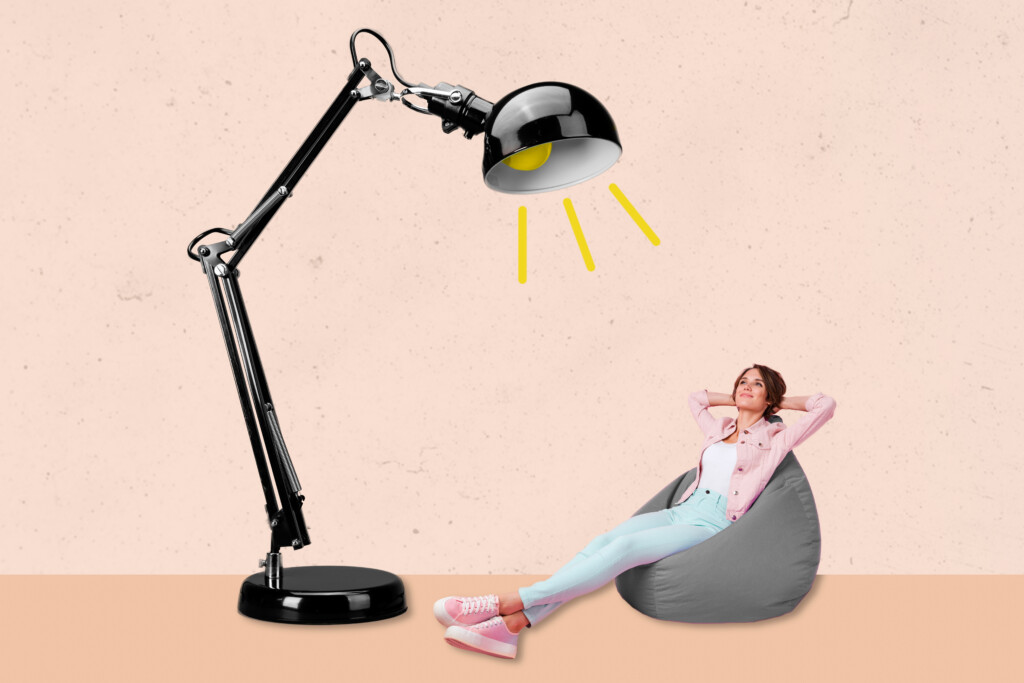
How Does Light Therapy Help Depression?
Researchers are still trying to understand how light therapy works to combat depression. Here are some theories that are helping to shed some light on its effectiveness:
- Regulation of Circadian Rhythm: Your circadian rhythm, or your body’s internal clock, can become disrupted when you have depression. Exposure to bright light in the morning can help reset the circadian rhythm and improve sleep patterns2.
- Serotonin Boost: Light therapy can boost serotonin, which regulates your mood. An increase in serotonin improves your mood and motivation, which can help with depression symptoms3.
- Suppress Melatonin: Light therapy can also to decrease melatonin, which plays an important role in sleep. Reducing your melatonin can lead to feeling more awake and less fatigued, which can help depression symptoms3.
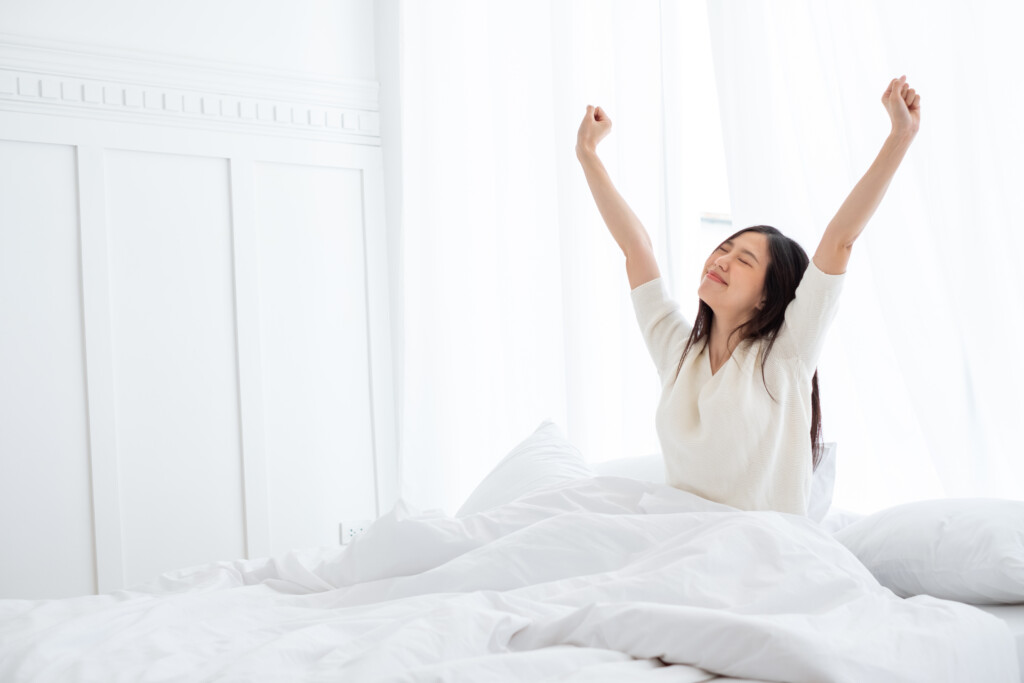
Benefits Of Light Therapy
The results from light therapy can vary from person to person. Some people notice improvements within the first week, others take several weeks to notice changes. It’s important to stay consistent and patient to achieve the best outcome.
Here are some benefits from people who have used light therapy1:
- Improved Mood: With that boost in serotonin, people report an uplifted mood and an improved sense of well-being from using light therapy.
- Increased Energy: By re-aligning your body’s internal clock, light therapy caused some people to feel boosted energy levels and less tired as the day went on.
- Better Sleep: Many people with depression suffer from sleep disturbances. Light therapy regulates sleep patterns by decreasing melatonin in the morning and regulating your body’s internal clock, leading to more restful sleep.
- Improved Focus: Depression and lack of sleep affect cognitive functions, particularly attention and motivation. Light therapy helps alleviate symptoms of both and can aid in improving focus and concentration.

How To Get Started With Light Therapy
Before you get started with light therapy, we recommend you consult with a healthcare professional (preferably a psychiatrist or psychologist) who can evaluate your specific condition and help you determine if light therapy is a good option for you. If light therapy is recommended, you can follow these steps to get started:
- Choosing the Right Lightbox
Lightboxes are available in various types and intensities. Select one that emits 10,000 lux (a unit of light intensity) and is specifically designed for light therapy. This level of light intensity most closely mimics a walk outside (a sunny day is about 50,000 lux, and a cloudy day is around 10,000 lux). In regions with harsh winters, some gyms, clinics, and other locations offer lightboxes to their patrons if you do not wish to own your own. - Timing is Everything
Choosing when to use your lightbox is particularly important. Typically, morning is preferred as it helps regulate your body’s internal clock and helps you stay awake and alert throughout the day. However, your healthcare professional will guide you to the best time based on your individual needs. - Determine the Duration of Sessions
Light therapy sessions usually last between 20-30 minutes. This can vary depending on your response and the recommendation of your healthcare provider. - Be Consistent
You must be consistent for light therapy to be effective. Make it a daily habit and incorporate it into your routine to experience the full benefits. People having trouble with consistency find it helpful to pair using their lightbox with another task they do every day. Like while eating breakfast, after brushing their teeth, etc.
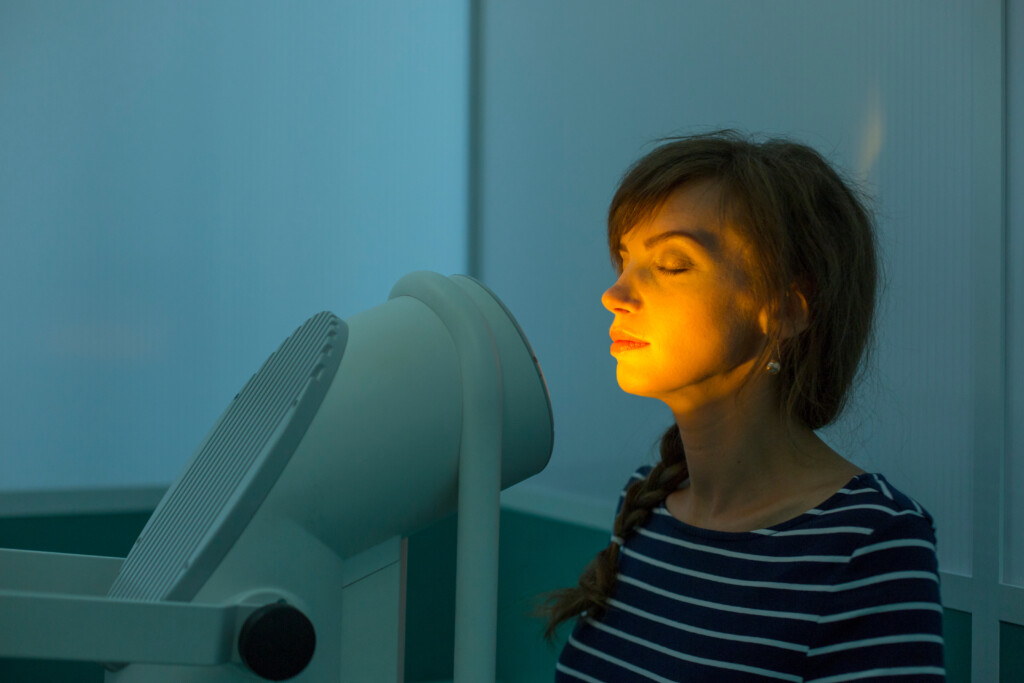
Conclusion
Light therapy, a non-invasive and potentially beneficial treatment, offers a glimmer of hope for those struggling with depression. However, it is important to remember that light therapy is not a standalone solution. Use light therapy in conjunction with other treatments, as advised by healthcare professionals. As research in this field continues, light therapy may become an increasingly vital tool in the fight against depression. Of course this would bring much-needed relief and renewed hope to those affected by this challenging condition.
If you are living with depression, clinical trials are an affordable way to explore new or alternative treatments. If you are interested in participating in a depression study, click here. Someone will contact you should you live near a current trial.

Stay informed and receive resources and site updates by subscribing to our Newsletter!
References
- Golden RN, et al. The efficacy of light therapy in the treatment of mood disorders: a review and meta-analysis of the evidence. Am J Psychiatry. 2005;162(4):656–62. https://doi.org/10.1176/appi.ajp.162.4.656.
- Xu S, Wan B. Recent advances in low-level laser therapy on depression. Stress and Brain, 2022, 2(4): 123-138. https://doi.org/10.26599/SAB.2022.9060026
- Therapy Brands. (2023, April 20). Does light therapy help seasonal depression? | Therapy brands. Retrieved from https://therapybrands.com/blog/the-effectiveness-of-light-therapy-for-treating-seasonal-depressive-disorders/

